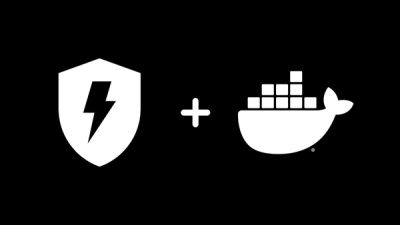tiny-parallax 




Creating scroll-based animations often involves complex calculations and event handling. The tiny-parallax library simplifies this process by computing a parallax rate as elements move within the viewport. This rate can be utilized to dynamically adjust styles, enabling fluid and responsive transitions that are easily managed through CSS.
Live Demo
Experience the capabilities of tiny-parallax firsthand with our live demo:
View Demo
Getting Started
To incorporate tiny-parallax into your project, install the package via npm:
npm install tiny-parallax --save
How to Use
In a React Application
CSS-Based Animation
import { Frame, Layer } from "tiny-parallax";
const App = () => (
<Frame>
<Layer>
<h1 style={{ opacity: "var(--parallax-rate)" }}>Hello, World!</h1>
</Layer>
</Frame>
);
This example demonstrates how to animate an element using CSS variables that are dynamically updated by tiny-parallax.
Imperative Animation
import { useRef } from "react";
import { Frame, Layer, useParallax } from "tiny-parallax";
const Video = () => {
const video = useRef();
useParallax((rate) => {
if (video.current.duration)
video.current.currentTime = rate * video.current.duration;
});
return (
<video
ref={video}
src="https://assets.allsamplefiles.com/mp4/ns/60s/sample-file-sd.mp4"
/>
);
};
const App = () => (
<Frame>
<Video />
</Frame>
);
This example showcases an imperative approach to animation, where the current time of a video is controlled by the parallax rate.
Ranges
To specify the range within the viewport in which the frame should animate, utilize the range property. For instance, the setup below initiates the animation when the element enters the bottom of the screen and concludes it when the center of the frame aligns with the viewport's center:
import { Frame, Layer } from "tiny-parallax";
const App = () => (
<Frame>
<Layer range={(viewport, element) => [0, viewport / 2 + element / 2]}>
<h1 style={{ opacity: "var(--parallax-rate)" }}>Hello, World!</h1>
</Layer>
</Frame>
);
For added convenience, the library offers a selection of predefined range functions that simplify the process of establishing animation boundaries. To delve deeper into these functions, examine the source code found at src/core/ranges.ts.
Explore the Ranges storybook for a visual guide and a better grasp of the predefined ranges.
Caveats
1. Why is my animation flickering?
This issue may be caused by the animation causing changes in the size of the element, which can affect the rate calculation. To prevent this, it is recommended to use the CSS property transform for animations. If it is necessary to change other properties, make sure they do not affect the element size during the animation.
2. Why is my animation not running smoothly?
This issue may be caused by a large number of elements or complex animations. To improve performance, it is recommended to optimize your animation by reducing the number of elements or simplifying the animation. Keep in mind that adding Frames can be costly as their dimensions need to be continuously calculated. On the other hand, using Layers or useParallax with a parent Frame is more efficient.







